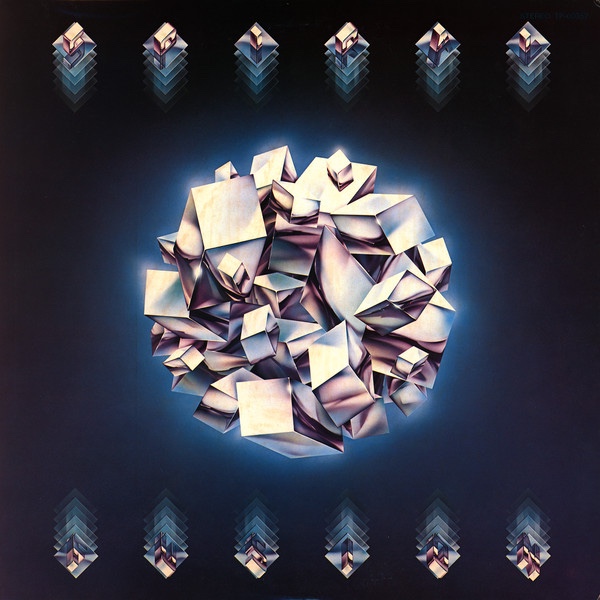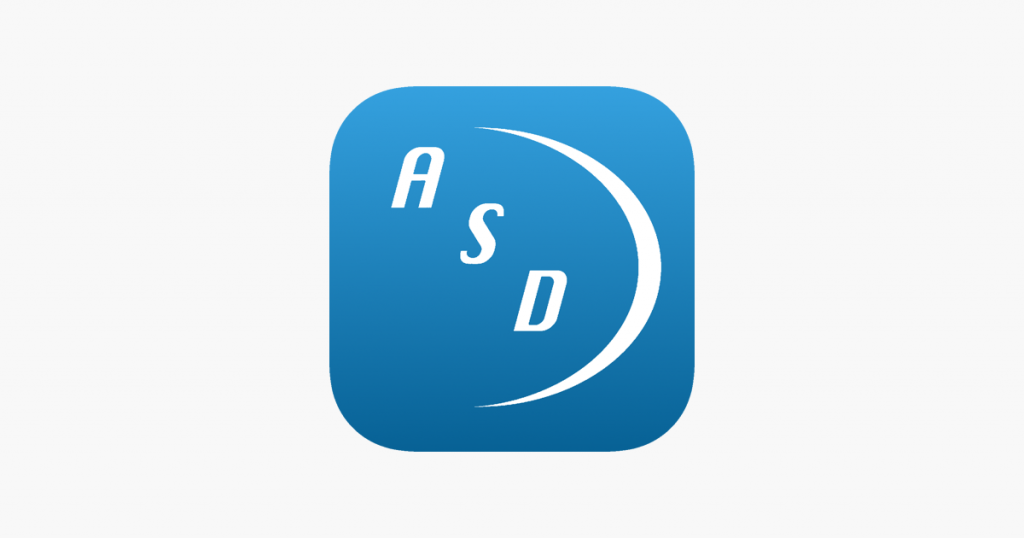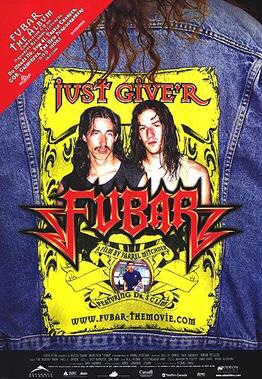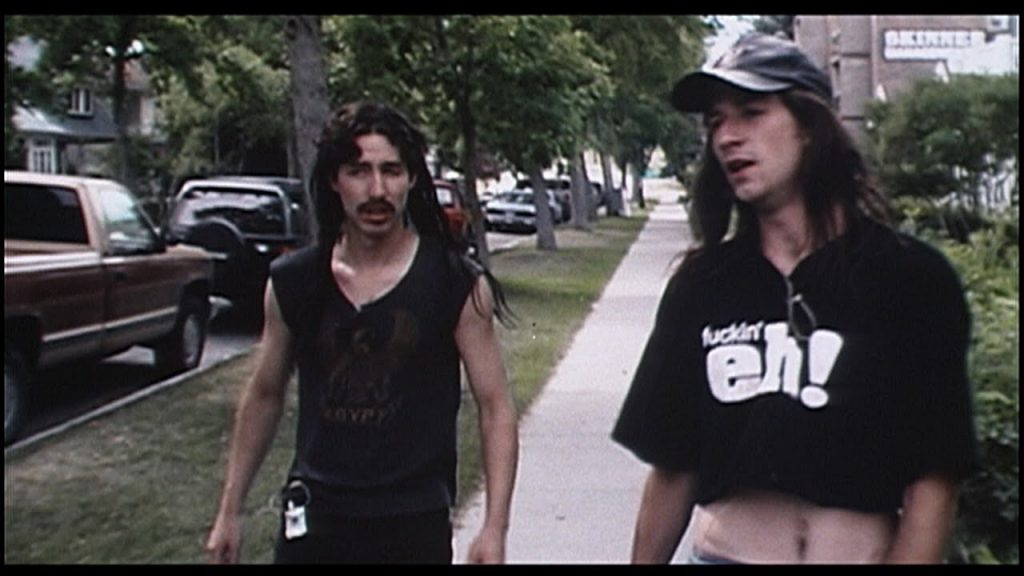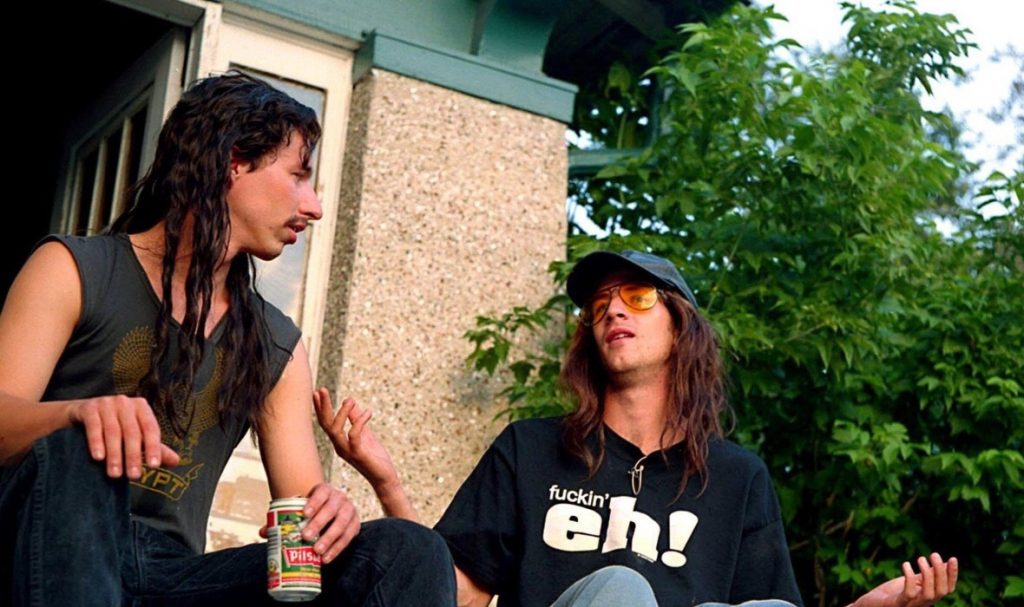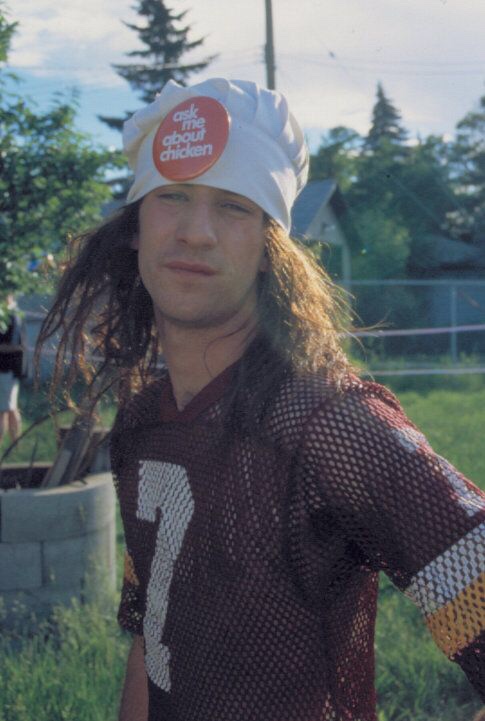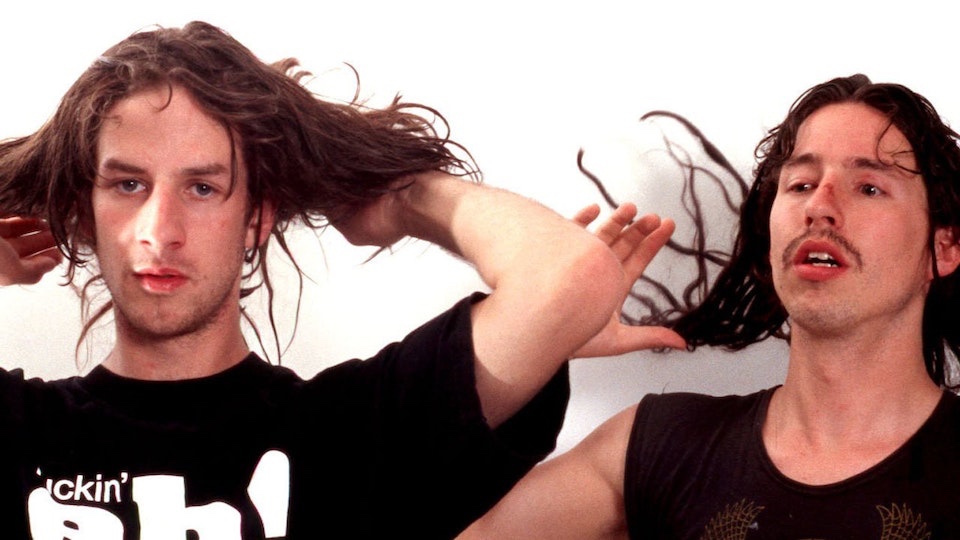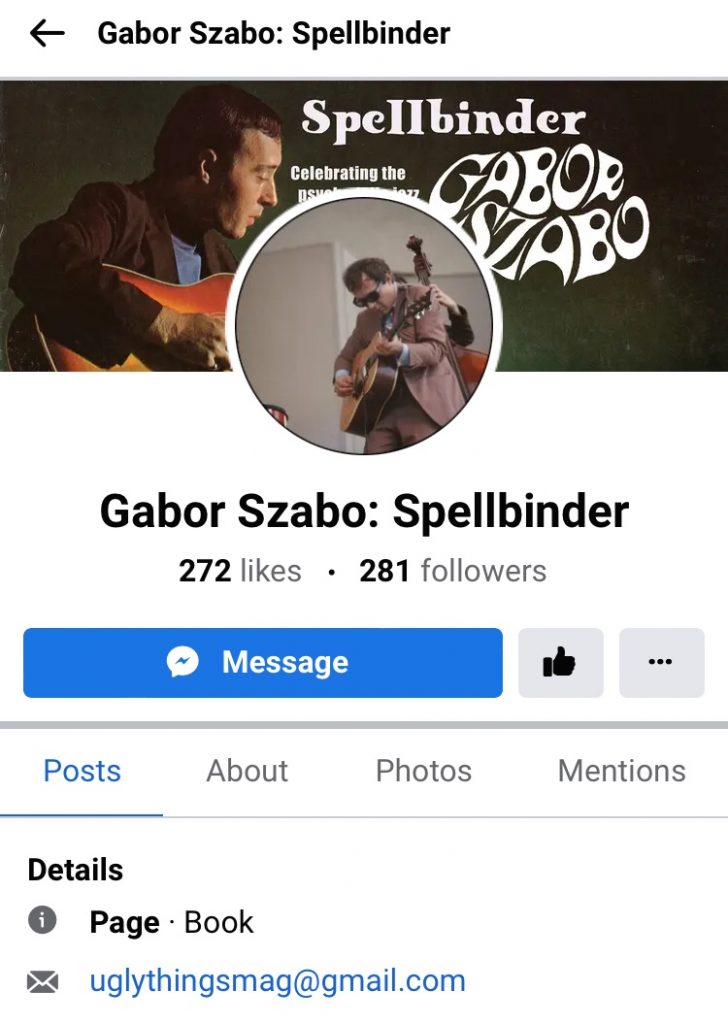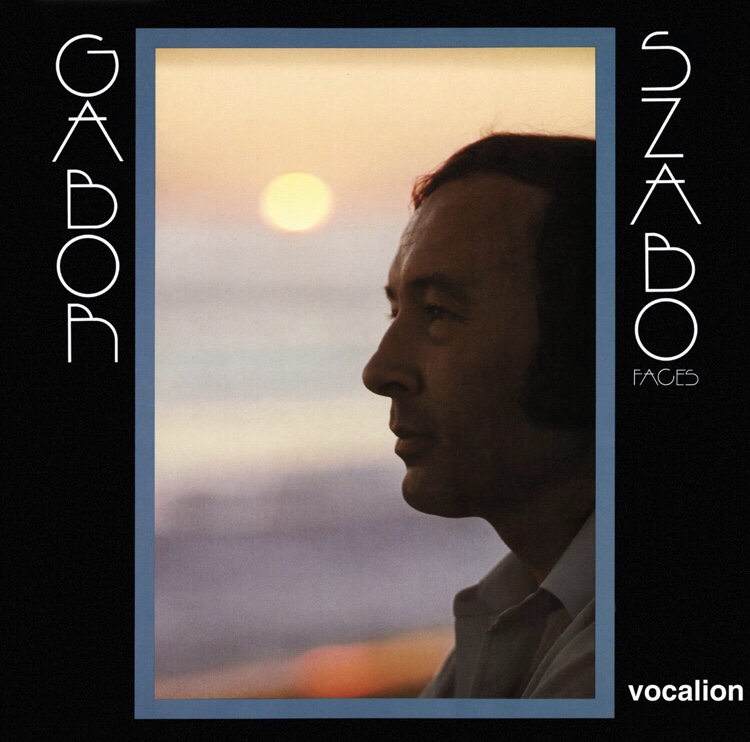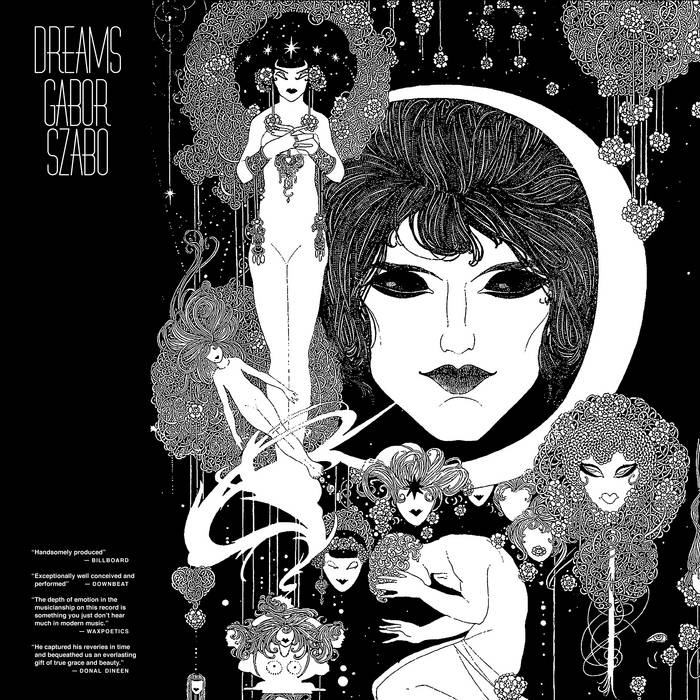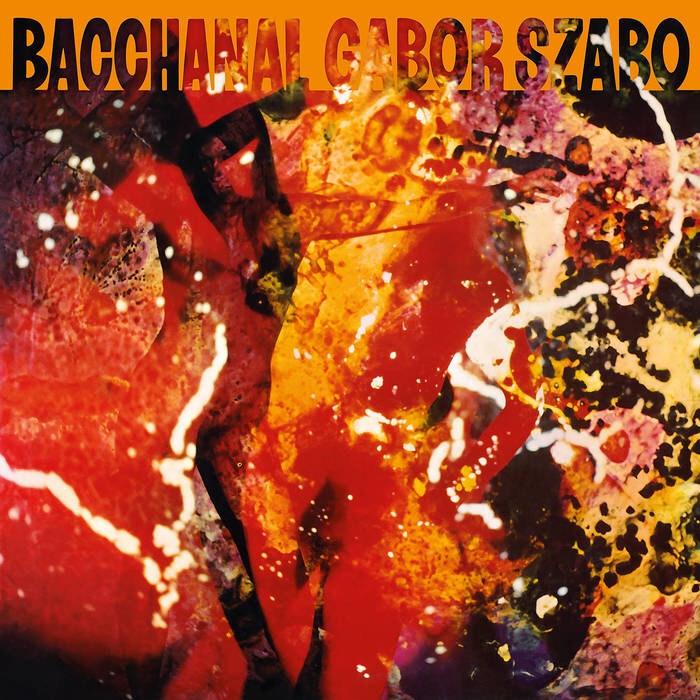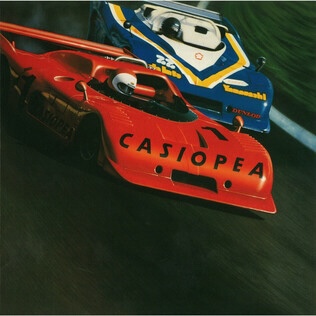

I can’t believe I haven’t already posted this album!? Or have I!?
The YouTube video above was my introduction to Casiopea. And it was love at first sight/sound. Sadly only two or three tracks from this splendid performance are to be found online.
Like Led Zeppelin’s fabulous debut of a decade earlier, it’s the group’s brilliant drummer who kicks things off on 1979’s eponymous debut.
Bassist and co-founder Tetsuo Sakurai is clearly indebted to Antony Jackson and Headhunters era Hancock for the main spinal groove of opening number Time Limit. Horns are courtesy of Yankee-doodle fusionistas Dave Sanborn and the Brecker Bros.
After the taught and energised slap around the chops that is Time Limit, things shift down a few gears for the silky smooth boudoir vibes of Tears Of The Star. Founder member and guitarist Issei Noro plays a beautiful acoustic guitar solo, after which bassist Tetsua Sakurai shows his tastefully restrained chops, deploying a wonderful classical guitar style (fingered tremolo?) on his bass. And then the song builds to a climactic keys segment, before returning to the opening mellow vibe, to shimmer out with a smattering of sexy sax. Fantastic!
Track three Space Road starts with a more upbeat version of the groove that Tears finished with, before launching into a very energised slightly Latin-esque groove, over which the chords progress in a manner that suggest a constant rising of pitch and energy. These guys really are incredibly tight and sympathetic. Midway through Noro goes into his solo, starting with a kind of crying seagull sound that reminds me of another Jap-Fusion guitar monster, (what’s his name? The Rainbow Goblins dude… is it Masayoshi Takanaka?). For the keys solo, Sasaki goes to his cowbell. More cowbell!!! The energy is off the charts, but it’s all so controlled, and clean. Really incredible.
I think on this debut disc all compositions are by guitarist, Issei Noro. They really capture or represent a certain very bright very positive era of fusion. And on that note, we get to Midnight Rendezvous. Definitely a Desert Island Discs choice pour moi! I’m going to have to teach myself the drum parts to this sublime recording.
The groove is a masterfully balanced combo’ of simplicity and subtly challengingly nuanced feel. One of those rare and beautiful moments where everything is in perfect balance. You wouldn’t want to add or take anything way. It’s perfect! Noro’s guitar solo exemplifies this: structured, and yet excitingly on the edge, as if perfectly poised between composed and improvised. No wonder they play it more or less note for note live. Why mess with perfection?
Sasaki gets a kind of outro solo, in which he really just grooves, rather than out and out soloing. And again, it’s perfect for the song. His chops are, frankly, staggering. Once again attaining that perfect sweet spot between composition and improvisation.
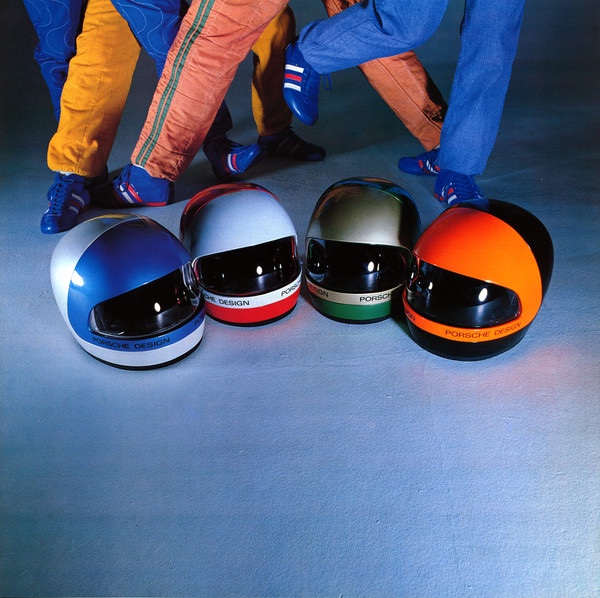
What was side two kicks off – or on CD continues – with the majestic Far Away. Strings are added to the mix here, as indeed they are on numerous tracks. The strings are credited to ‘Tomato Strings’! Whoever that was, they’re once again pitch perfect. Noro’s signature riff on Far Away is the perfect bedrock for the band to groove and solo on. And like the entire album, it’s suffused with a joyfulness characteristic of the fusion these guys make.
Swallow sees the tempo raised again, Sasaki’s drumming simultaneously ballistic and yet tightly focussed, restrained even. Astonishing! And like every instrument on these recordings, his kit – drums and cymbals – sounds utterly perfect. I’d love to know exactly what cymbals he plays. They have a sound I want to be able to emulate/recreate.
They reach a pitch of ballistic bombast in this track, just before Sasaki’s brief but powerful drum solo, that captures the intensity of their live performances. What an incredible band! Awesome is a much overused and abused term these days. But it’s just right for these dudes.
The penultimate track is the only number to feature vocals. And, like everything else here, they’re absolutely terrific! Kind of makes you wonder why they didn’t have more vocals in their music? But really they are an instrumental jazz fusion outfit. So their instruments do the singing, by and large. But it’s interesting to note that they could sing, and beautifully. Noro even goes a bit Benson, delivering a tasty scat’n’axe solo.
The album finishes, all too briefly, clocking in at under 40 minutes, on another atomic fusion bomb, Black Joke, the other track from the 1979 live performance viewable – see video above (warning: humongous bass solo alert!) – on YouTube. Phew!!! What a magical excursion to a land of musical waves, mountains and exquisite cherry blossoms!
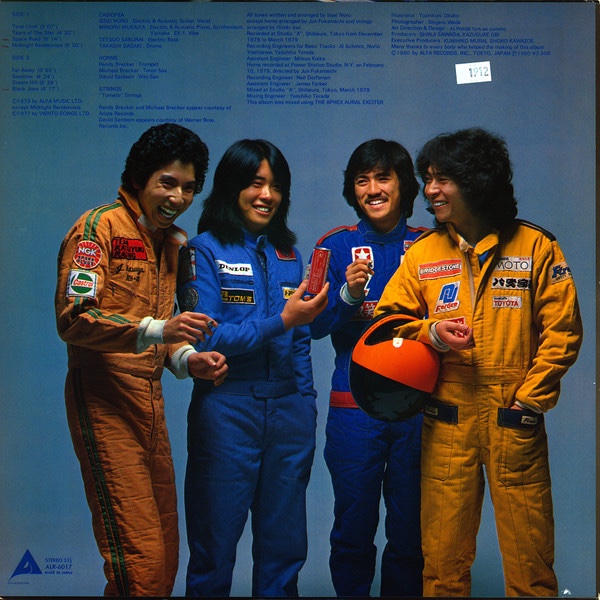
Although I’m primarily a drummer, and totally dig the brilliance of Takashi Sasaki’s jaw-dropping performances throughout this album, props have to to every single person playing on this utterly magnificent album. And Black Joke signs off just as they started, all cylinders firing in beautiful concert.
Minoru Mukaiya’s keys are note perfect, the selection of sounds, from mellifluous Rhodes to funky synths capturing a period vibe that to me is pure heaven. Tetsuo’s bass playing is muscular and lithe, light or heavy, and – like everything else here – pitched to sublime perfection. Band founder/leader and chief composer Issei Noro is on blinding form. Whether he’s shredding, or laying down the greasiest fonkiest riffs, he’s always bang on the money.
And Takashi Sasaki? Well, as I’ve already said numerous times above… words fail me. Drumming attains musical perfection sometimes. And this is a case in point. There are a few albums – LeRoy Hutson’s mid ‘70s stuff – or tracks (Herbie’s Actual Proof, Jackie Wilson’s Higher and Higher, Toto’s Georgy Porgy) – and this, which attain a peak of perfection I can only be dazzled by and forlornly dream of aspiring to.
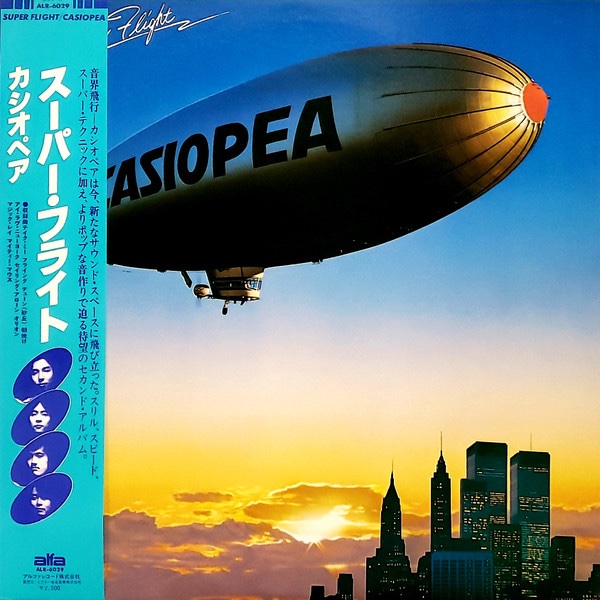
If you dig the first Casiopea album, as I do, you’ll want their second, Super Flight (pictured above) as well. It’s the last to feature the sublime drumming talents of Takashi Sasaki. Or would that actually be Mint Jams? The latter sees the arrival of the very talented Akira Jimbo. But it may also feature Sasaki on some tracks.
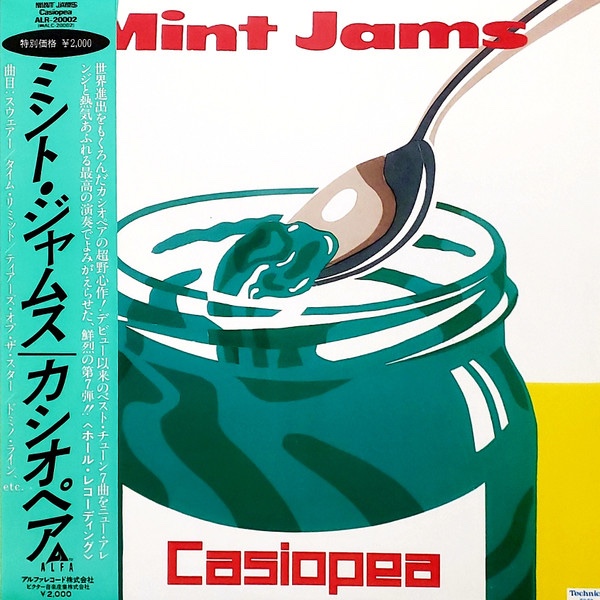
Footnotes
Fans of the line up that recorded Casiopea’s first two albums, with the astonishingly crisp, precise and lightly deft drumming of Takashi Sasaki, might enjoy this recording, by keys player Tatsuya Kohima, which features the Casiopea lads as session backing band.
